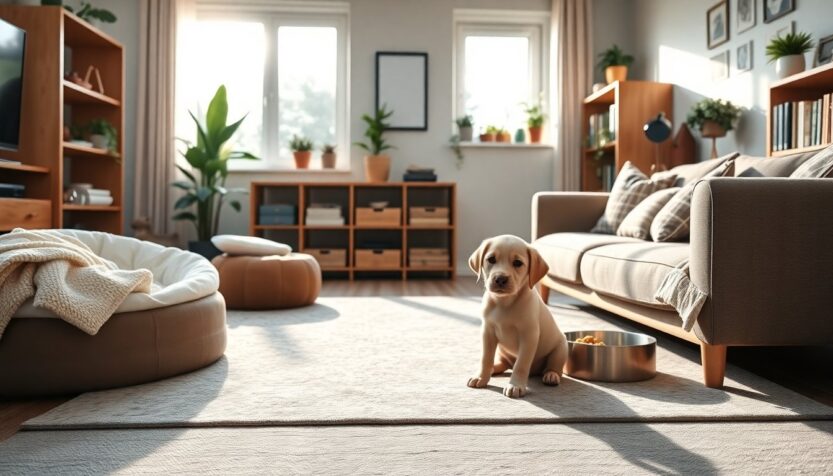In modern households, pets are considered cherished family members. Whether you have a playful puppy or a curious kitten, creating a safe and accommodating environment for them is essential. Making your home pet-friendly requires thoughtful adjustments that consider the natural instincts of your furry companions.
Pets, especially young ones, are akin to little explorers. They investigate everything and can easily find trouble if not monitored. Thus, a proactive approach is necessary to foster a harmonious living environment.
The facts
The first step in establishing a pet-friendly home is ensuring it is a safe haven. Assess potential hazards in your space. Many common household items can be harmful if ingested. For example, some houseplants may be toxic to pets. Always research plant safety before bringing them indoors.
It is also crucial to secure medications and cleaning supplies. Store these items in locked cabinets or use childproof latches on lower drawers if you have curious pets. Additionally, be mindful of sharp objects like scissors and glass items that could pose risks to your furry friends. Keeping sharp edges and breakables out of reach can prevent unfortunate accidents.
Evaluating your pet’s perspective
An effective way to identify potential dangers is to get down to your pet’s level. By crouching down, you can see the world from their perspective and spot items that may otherwise go unnoticed. For instance, an open trash can can attract curious pets. To mitigate this risk, invest in a trash can with a secure lid.
Food safety is another critical aspect of pet-proofing your kitchen. Many pets, especially dogs, can reach countertops, so avoid leaving food unattended. Items like macadamia nuts and products containing xylitol can be harmful. If you enjoy baking, store hazardous ingredients in secure containers.
Choosing the right environment for pets
The type of flooring you select can significantly impact your pet’s comfort and your cleaning routine. For instance, tile flooring is often preferred in warmer climates due to its cooling properties and ease of maintenance. However, if you opt for hardwood or carpet, be prepared for potential scratches and stains. Investing in stain removers and regularly cleaning your floors will help maintain a tidy environment.
Creating a personal space for your pet
Every pet deserves a designated area they can call their own. Whether it’s a cozy dog bed, a cat tree, or a dedicated crate, having a personal space allows pets to retreat and relax. While they may enjoy snuggling with you at night, it is important for them to have a sanctuary where they can unwind.
If you have a yard, consider the type of fencing you have. Ensure it is secure enough to keep your pets safe while they play outside. Some fences, like wrought iron, may have gaps that smaller pets can slip through. Reinforcing the bottom of your fence with additional materials can prevent escapes.
Training and managing pet behavior
As pets grow, you will become familiar with their routines and behaviors. However, younger pets, particularly puppies and kittens, require more supervision as they explore. Utilizing pet gates can be an effective tool for restricting access to certain areas while they learn.
Pets, especially young ones, are akin to little explorers. They investigate everything and can easily find trouble if not monitored. Thus, a proactive approach is necessary to foster a harmonious living environment.0

